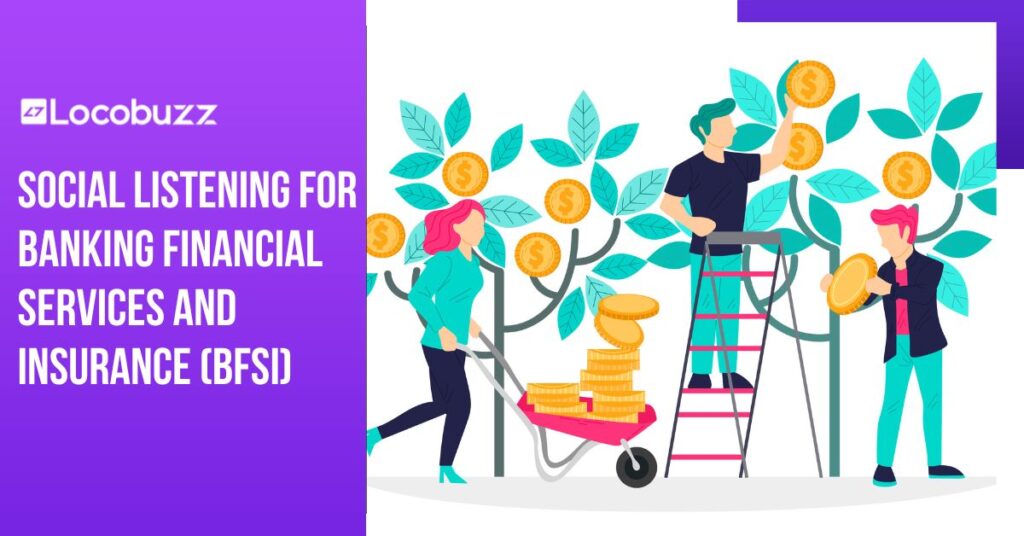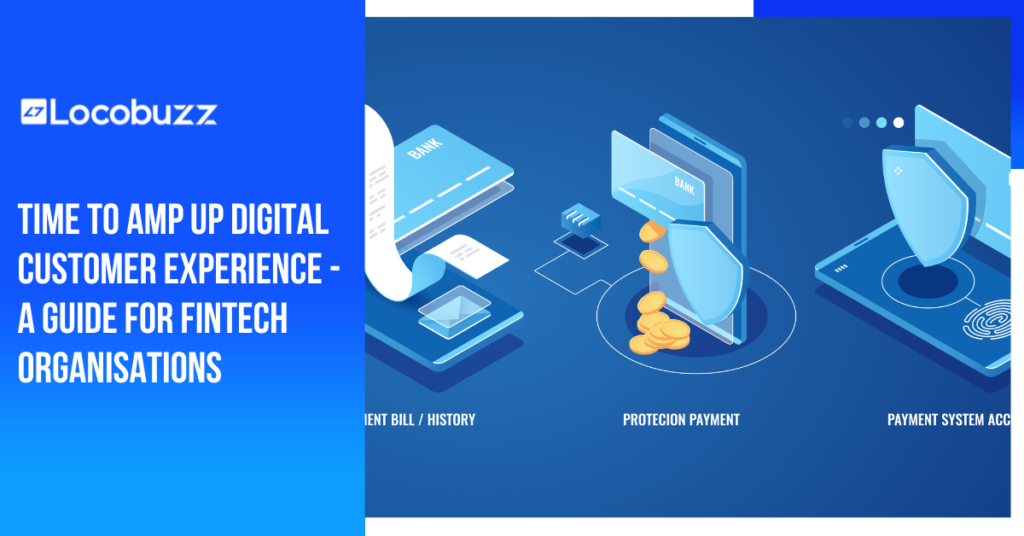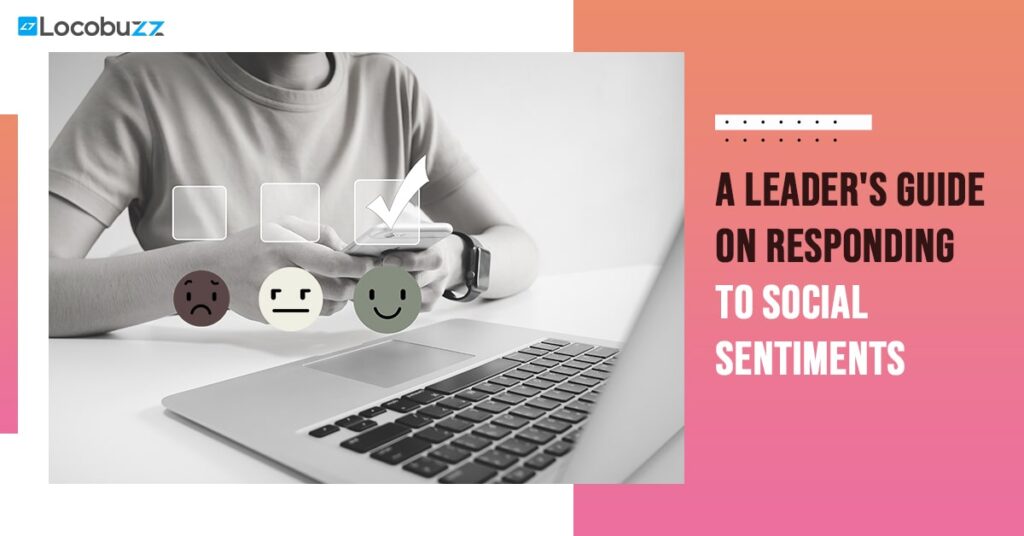The Benefits of B2B Social Listening – 6 Best Practices
Effective communication isn’t just about being heard, it’s about being understood. Similarly for companies, customer experience depends critically on listening. Many B2B firms, meantime, ignore the importance of social listening, therefore missing out on key market insights and potentially, valuable leads. Social listening means tracking online discussions about your brand, industry, and competitors to uncover consumer insights and trends. It helps you to better grasp the needs of your audience, guiding your plans, increasing participation, and allowing you to keep ahead of changes in the market. Picture this: while your competitors use real-time insights to engage prospects, build relationships, and drive sales, you’re making decisions based on limited data. Dependency on inadequate market intelligence in the digital first world of today is not just a risk but also an expensive error. Investing in social listening gives you a strategic advantage that will help you to create focused experiences, spot new prospects, and improve your profile in the field. What is B2B Social Listening? B2B social listening is the process of monitoring online conversations about a brand, industry, or competitors to gain insights for business-to-business marketing. It helps companies track sentiment, identify trends, and engage with potential clients. Businesses use social listening tools to analyze data from social media, forums, and news sources. Benefits of B2B Social Listening Maintaining competitiveness and enhancing brand reputation require B2B social listening. Examining consumer interactions helps companies make wise decisions and surpass rivals. It enables businesses to get real-time insights, so improving their strategies, customer experiences, and market trend adaptation ability. Businesses run the danger of losing important data without it that might affect their brand impression and expansion. 1. Tracking Brand Reputation Good reputation develops business success and customer trust. Social listening tracks media mentions on many platforms to make sure businesses remain conscious of their reputation. Analyse sentiment to find out if consumers view your brand either favourably or negatively. Change plans to keep a good image and take care of issues. Voice of Share: See how well your brand stands against rivals. More influence comes from a bigger share, which will let your company lead industry debates. Increasing Client Involvement Social listening guides companies in bettering their goods or services and in knowing consumer needs. It also keeps companies current on trends, so fostering ongoing creativity. Engaging with customers based on their online feedback fosters loyalty and enhances the brand-customer relationship. 2. Driving Accurate Industry Research Customers express their needs online. Social listening tools analyze data to refine marketing and sales strategies. Identifying pain points helps businesses create targeted solutions and campaigns that resonate with their audience. By understanding customer expectations, companies can make informed decisions and stay ahead of the competition. 3. Gaining a Competitive Edge Social listening reveals competitor strategies and customer feedback. This insight helps brands differentiate themselves and avoid common mistakes. Businesses can identify market gaps and position themselves uniquely. Understanding competitor strengths and weaknesses allows brands to craft better offers and improve their positioning. 4. Strengthening PR Strategies B2B social listening helps brands develop strong, data-backed PR strategies. It allows businesses to assess public perception, respond to sentiment, and manage crises effectively. By monitoring conversations and trends, companies can proactively shape their brand narrative, build credibility, and establish themselves as industry leaders. Also read: 30 Key Social Media Listening Statistics You Need to Know Maximizing Business Growth with Social Listening 1.Promoting Accurate Industry Research Customer sentiment, brand mentions, competitive insights, and new industry trends are among the useful information social listening compiles. Companies can monitor conversations about particular goods, services, and pain issues to improve offerings. It also aids in crisis management, influencer engagement identification, and consumer expectations for more focused marketing and strategic decision-making identification. 2. Tracking Brand Reputation Key indicators include sentiment analysis to evaluate consumer view, share of voice to compare brand presence, and engagement rate to track audience interactions. Monitoring brand mentions, hot subjects, consumer complaints, and favourable comments helps improve messages. Competitive benchmarking lets companies change their approaches and raise their industry’s profile. 3. Creating a Competitive Edge Filtering pertinent insights from too much data, managing real-time participation, and guaranteeing correct sentiment analysis provide challenges as well. Including social listening ideas into practical plans can be difficult. Tracking industry-specific dialogues across several media also calls for sophisticated techniques and knowledge. Overcoming these obstacles lets companies confidently make data-driven decisions. 4. Boosting Client Involvement Finding client issues and fixing problems will help to raise retention and satisfaction. Monitoring industry trends helps one to match marketing initiatives and product development with present needs. Keeping ahead of rivals in the market requires constant observation of their strategies, client comments, and fresh projects. These use cases improve involvement and enable companies to design pertinent, data-driven marketing. 5. Enhancing PR Techniques Businesses using social listening should set specific objectives, use trustworthy tools, and monitor pertinent hashtags and phrases. Frequent analysis of data from several sources guarantees practical findings. Including results into marketing, PR, and customer service plans helps companies increase involvement, hone messaging, and proactively handle industry changes and issues. With real-time social listening, Locobuzz enables B2B companies to track dialogues and get insightful analysis. Users of G2 commend its capacity to improve customer experience techniques and increase engagement. Also read: Complete Guide to Social Listening on LinkedIn How Can Brands Use B2B Social Listening for Growth – Best Practices Earlier, reviews were reserved for B2C brands, and industry members often relied on customer recommendations and peer suggestions. However, this is now valid for B2B businesses, making social listening a necessary part of business growth. With social listening, B2B brands can explore different platforms, such as social media (for customer chatter), review platforms, and third-party websites, often buzzing with communities and conversations around various topics. One of these topics can be relevant to your business, and you must keep it close with social listening. Let’s dive a little deeper into how brands can deploy B2B social listening for growth: 1. Crisis Management Where there is fire,
The Benefits of B2B Social Listening – 6 Best Practices Read More »






